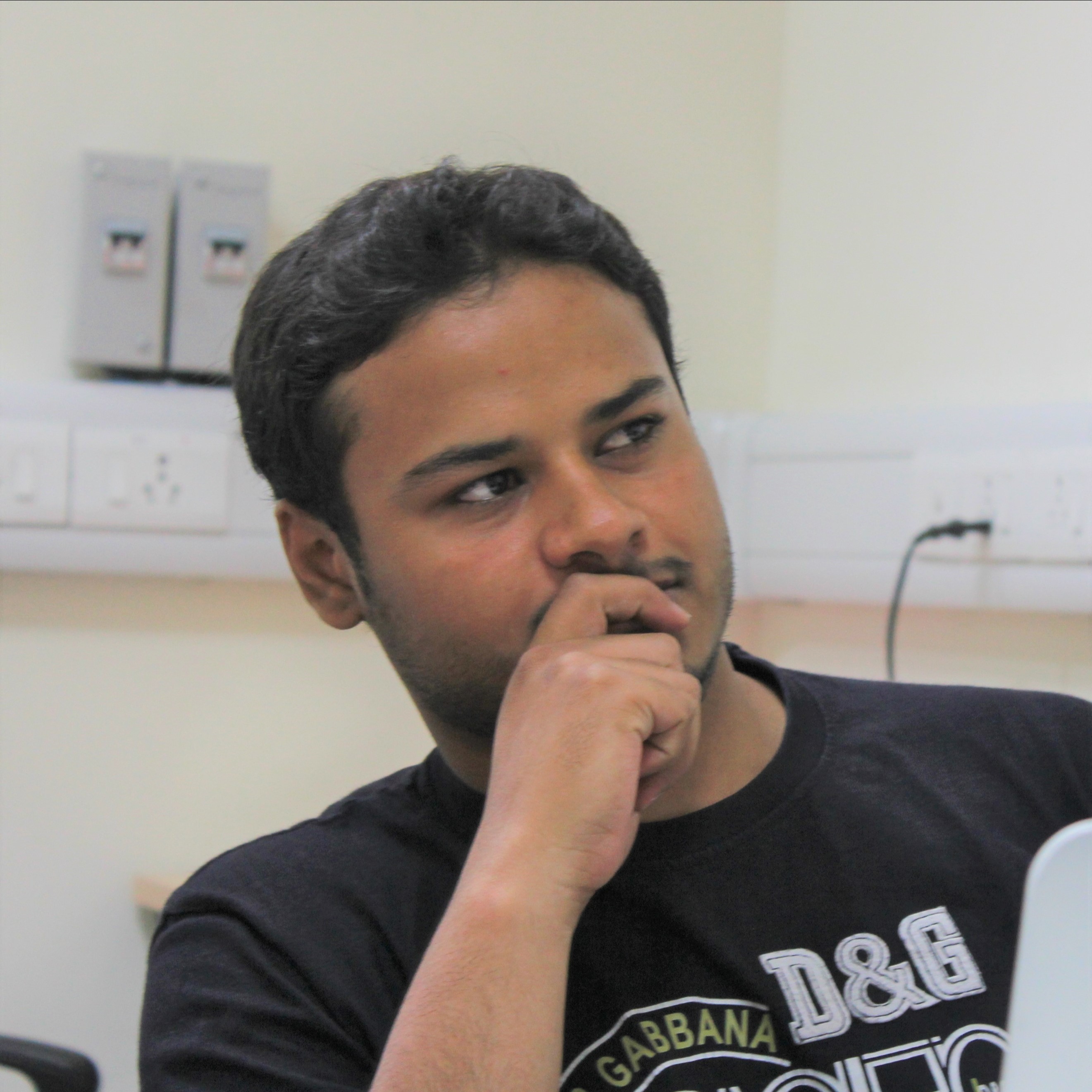A square closed universe was created with 16 compartments or cells. The universe had nesting areas and migration across the compartments was possible. Four pairs of 48-day-old Balb C mice were introduced to the universe. The mice had ad libitum access to food and water. The first litters were born after 104 days (the mice took time to adjust to each other since they were caged individually before starting the experiment). After this, the population doubling time was about 55 days. After the numbers reached 620 (after five doublings), the population growth rate decreased abruptly to a doubling time of approximately 145 days. The author observed that the mice now born into the universe reached sexual maturity early and reproduced early. Also, the births tended to be concentrated in some areas of the universe (although all areas were equally equipped with food, water, and nests). Social hierarchy was observed with a dominant male in the universe. Eventually, there were 470 mice in the universe that had experienced good maternal care and early socialization. Physical space in the universe was now occupied by 14 social groups. The population grew exponentially.
Eventually, an unusually large number of young became adults and they contested for dominance. Males who failed withdrew physically and psychologically and became inactive. They disconnected interaction with their associates. Withdrawn males sometimes attacked each other, and the victim did not flee. Gradually, territorial defense and the area defended declined. Thus, nursing females were more exposed to invasion. So they became aggressive too. The young were often attacked and forced to leave the home area before normal weaning. Maternal behavior became disrupted. Conception declined and resorption of fetuses and fetal mortality increased. The societal organization collapsed. Deaths started exceeding births. After almost four years, there were only 122 mice (22 males, 100 females) left. Essentially, all young were prematurely rejected by their mothers.
In a parallel, 2-cell universe, the same scenario was observed. Lesser females had viable embryos (detected upon autopsy), they died early, and fewer became pregnant. Male counterparts to these non-reproducing females were called the 'beautiful ones' by the author. These males never engaged in sexual encounters or fighting. Soon, the reproductive capacity of the universe terminated.
The author mentions that these results might replicate when the usual causes of mortality reduce in a mammalian social-group-forming species. As crowding ensues, the young compete for the social roles with the older members. For a mouse, the most complex behaviors involve courtship, maternal care, territorial defense, and hierarchical social organization. The failure of healthy social interactions leads to the emergence of autistic-like creatures, incapable of these complex behaviors. The species then, eventually, die out. For an animal so complex as man, a comparable sequence of events might also lead to extinction. If there is competition for role fulfillment, only violence and disruption of social organization would be observed. Individuals born under these circumstances will lose the most-complex human behaviors.
Reference: https://www.ncbi.nlm.nih.gov/pmc/articles/PMC1644264/pdf/procrsmed00338-0007.pdf
